Figures
Preface
Acknowledgments
Summary of Key Features
Contributors
About the Companion Website
Section One: Anatomy
Chapter 1: Anatomy
Muscles
Anatomy of the Muscle and Associated Connections
Types of Muscle Action
Muscles and Location
Skeleton
Sections of the Spine
Thoracic Limbs
Pelvic Limbs
Circulatory System
Function of the Heart
Structure of the Heart Wall
Pulmonary Circulation
Systemic Circulation
Blood Vessels
Cardiac Cycle
Conduction System
Arterial Circulation
Venous Circulation
Nervous System
Digestion
Sequential Stages of Digestion
How Digestion Works
Accessory Organs
Integument
Functions
Layers of the Skin
Hair Formation
Foot Pads
Claws
Respiratory System
Structures of the Respiratory System
Lungs
Muscles of Respiration
Respiratory Terms
Section Two: Preventive Care
Chapter 2: Preventive Care
Physical Examination
Initial Examination
Pediatric Physical Examination
Normal Parturition
Geriatric Physical Examination
Cardiac Examination
Pulmonary Examination
Abdominal Examination
Otoscopic Examination
Regional Lymph Node Examination
Neurological Examination
Orthopedic Examination
Vaccinations
Guidelines to Follow When Vaccinating an Animal
Vaccination Protocols
Titers
Adverse Events
Animal Care
Client Education: Home Dental Care
Grooming
Bathing
Nail Trimming
Anal Sac Expression
Ear Cleaning and Flushing
Section Three: Diagnostic Skills
Chapter 3: Clinical Pathology
Blood Collection, Handling, Storage, and Transport Tips
Collection
Handling
Storage
Transport
Acid–Base Balance Evaluation
Blood Chemistry
Chemistry Function Tests
Miscellaneous Diagnostic Tests – Therapeutic Monitoring and Toxicity
Cytology
Cytology Collection, Handling, Storage, and Transport Tips
Collection
Handling
Storage
Transport
Cytology Evaluation
Interpretation
Effusion Cytology
Ear Cytology
Fecal Cytology
Vaginal Cytology
Hematology
Red Blood Cell Morphology and Alterations
White Blood Cell Morphology and Alterations
White Blood Cell Alterations
White Blood Cell Population Changes
Platelet Morphology and Alterations
Coagulation Tests
Blood Transfusions
Blood typing
Immunology and Serology Tests
Microbiology
Microbiology Collection, Handling, Storage, and Transport Tips
Collection
Handling
Storage
Transport
Most Commonly Used Culture Media
Culture Media Inoculation and Incubation
Culture Growth Evaluation
Staining Solutions and Procedures
Staining Problems
Parasitology
Fecal Collection, Handling, Storage, and Transport Tips
Collection
Handling
Storage
Transport
Fecal Evaluation
Fecal Flotation Solutions
Endoparasites
Ectoparasites
Urinalysis
Urine Collection, Handling, Storage, and Transport Tips
Collection
Handling
Storage and Transport
Urine Examination/Urinalysis
Chemistry Strip Examination
Sediment Examination
Reporting of Bacteria, Yeast, Mucus, Fat, and Other Urine Sediment Elements
Urine Artifacts
Chapter 4: Diagnostic Imaging
Radiography
Radiographic Equipment
Radiographic Technique Chart for Film Radiography
Digital Radiography Technique Charts
Digital Image Quality
Evaluating Radiograph Technique
Density Evaluation
Contrast Evaluation
Radiographic Alterations and Artifacts
Radiographic Safety and Positioning
Positional Terms
Head Positioning
Spine Positioning
Shoulder and Forelimbs
Pelvis and Hind Limb Positioning
Radiographic Contrast Studies
Gastrointestinal Tract Contrast Studies
Urinary Tract Contrast Studies
Urethra Contrast Studies
Spinal Contrast Studies
Ultrasonography
Further Imaging Techniques
Section Four: Diseases and Conditions
Chapter 5: Dermatologic Diseases and Conditions
Acne
Acral Lick Dermatitis
Atopy
Flea Allergy Dermatitis
Food Hypersensitivity or Adverse Food Reaction
Otitis Externa
Pyoderma
Deep
Superficial
Surface
Demodectic Mange
Scabies (Sarcoptic, Notoedric Mange)
Chapter 6: Internal Medicine
Cardiology
Congestive Heart Failure
ACVIM Heart Disease Classification System (Paraphrased)
Cardiomyopathy
Hypertrophic (Diastolic Dysfunction)
Restrictive (Diastolic Dysfunction)
Dilated (Systolic Dysfunction)
Congenital Heart Diseases
Obstructions
Shunts
Endocardiosis
Heartworm Disease
Hypertension
Myocarditis
Pleural Effusion
Symptomatic Bradycardia Arrhythmia
Endocrinology
Acromegaly
Diabetes Insipidus
Diabetes Mellitus
Insulin Types
Constant Rate Regular Insulin Infusion Protocol
Hyperadrenocorticism
Hyperparathyroidism
Hyperthyroidism
Hypoadrenocorticism
Hypoparathyroidism
Hypothyroidism
Gastrointestinal and Hepatic Disease
Anal Sac Disease
Cholangitis and Cholangiohepatitis
Constipation and Megacolon
Diarrhea
Exocrine Pancreatic Insufficiency
Gastric Dilatation Volvulus
Hepatic Disease and Failure
Hepatic Lipidosis
Inflammatory Bowel Disease
Megaesophagus
Pancreatitis
Peritonitis
Protein-Losing Enteropathy
Vomiting
Hematologic and Immunologic Disorders
Anemia
Disseminated Intravascular Coagulation
Thrombocytopenia
Innate and Adaptive Immune System Dysregulation
Anaphylaxis
Systemic Lupus Erythematosus
Immune-Mediated Polyarthritis
Pemphigus Complex
Systemic Inflammatory Response Syndrome
Infectious Diseases
Canine Transmissible Diseases
Infectious Canine Hepatitis
Canine Infectious Respiratory Disease
Coronavirus
Distemper
Leptospirosis
Borreliosis (Lyme Disease)
Brucellosis
Ehrlichiosis
Rocky Mountain Spotted Fever
Salmon Poisoning Disease
Canine Parvovirus
Rabies
Feline Transmissible Diseases
Feline Calicivirus
Feline Infectious Peritonitis
Feline Panleukopenia
Feline Immunodeficiency Virus
Feline Leukemia Virus
Feline Rhinotracheitis
Tetanus
Toxoplasmosis
Musculoskeletal Diseases and Conditions
Arthritis
Cruciate Disease
Hip Dysplasia
Osteochondrosis
Osteomyelitis
Panosteitis
Patella Luxation
Neurology
Neurology
Lesion Localization
Diseases Affecting the Brain
Vestibular Disease
Epilepsy
Meningoencephalomyelitis of Unknown Origin
Diseases Affecting the Spinal Cord
Intervertebral Disc Disease
Fibrocartilaginous Embolism
Cervical Spondylomyelopathy (Wobbler Disease)
Degenerative Myelopathy
Discospondylitis
Steroid-Responsive Meningitis Arteritis
Diseases Affecting the Peripheral Nervous System
Myasthenia Gravis
Polyradiculoneuritis
Oncology
Neoplasia
Histiocytoma
Mammary Gland Neoplasia
Mast Cell Tumor
Chemotherapy
Chemotherapy Toxicity
Oncology Resources
Respiratory Diseases
Asthma, Bronchitis, and Feline Bronchopulmonary Disease
Brachycephalic Airway Syndrome
Laryngeal Paralysis and Laryngitis
Mediastinitis, Pneumomediastinum, and Mediastinal Masses
Bronchitis
Other Pulmonary Diseases and Conditions
Pneumonia
Rhinitis and Sinusitis
Tracheal Collapse
Urinary and Renal Disorders
Cystic Calculi
Feline Lower Urinary Tract Disease
Pyelonephritis
Renal Failure
Common Causes of Acute Kidney Injury and Chronic Kidney Disease
Classification of Azotemia
Classification of Urine Specific Gravity
Staging of Chronic Kidney Disease
Urine Protein : Creatinine Ratio
Systolic Blood Pressure
Urinary Tract Obstruction and Infection (Cystitis, Urethrocystitis)
Protein-Losing Nephropathy
Classification of Proteinuria
Prostate Disease
Urinary Incontinence
Chapter 7: Nutritional Diseases and Conditions
Gastrointestinal Disease
Water
Electrolytes
Protein
Fat
Fiber
Food Form and Temperature
Vitamins and Trace Minerals
Acid Load
Obesity
Key Nutrients in Weight Management
Feline Lower Urinary Tract Disease
Key Nutrients in Managing Feline Lower Urinary Tract Disease
Chronic Kidney Disease
Water
Energy
Protein
Phosphorus
Alkalinizers and Buffers
Sodium and Chloride
Potassium
Omega-3 Fatty Acids
B Vitamins
Soluble Fiber
Cancer
Soluble Carbohydrates and Fiber
Protein
Arginine
Glutamine
Fat and Omega-3 Fatty Acids
Cardiac Disease
Sodium and Chloride
Taurine
L-Carnitine
Phosphorus
Potassium and Magnesium
Protein
Omega-3 Fatty Acids
Water
Chapter 8: Ophthalmologic Diseases and Conditions
Anterior Uveitis
Cataracts
Conjunctivitis
Entropion
Cilia Disorders
Glaucoma
Keratitis
Keratoconjunctivitis Sicca
Lens Luxation
Prolapsed Gland of the Third Eyelid
Chapter 9: Reproductive Diseases and Conditions
Abortion
Dystocia
Eclampsia
Mastitis
Pregnancy
Pyometra
Brucellosis
Benign prostatic hyperplasia
Cryptorchidism
Chapter 10: Emergency Medicine
Medical Preparedness
Crash Cart
Supplies
Emergency Area
Cardiopulmonary Resuscitation
Basic Life Support
Advanced Life Support
Post-Cardiac Arrest Care
Telephone Triage
Triage
Primary Survey
Hemostasis
Secondary Survey
Shock
Trauma Emergencies
Respiratory Emergencies
Cardiovascular Emergencies
Neurological Emergencies
Ophthalmic Emergencies
Gastrointestinal Emergencies
Kidney and Urinary Emergencies
Reproductive and Genital Emergencies
Neonatal and Pediatric Emergencies
Hematologic Emergencies
Metabolic and Endocrine Emergencies
Environmental Emergencies
Toxicological Emergencies
Decontamination
Inducing Vomiting at Home
Chapter 11: Musculoskeletal Diseases and Conditions
Arthritis
Cruciate Disease
Hip Dysplasia
Osteochondrosis
Osteomyelitis
Panosteitis
Medial Patellar Luxation
Section Five: Patient Care Skills
Chapter 12: Animal Behavior
The Technician’s Role
Genetics and Behavior
Normal and Abnormal Behavior: Puppies and Kittens
Behavioral “Vaccination”
Normal and Abnormal Behavior: Presentations and Disorders
How Animals Learn
Classical Conditioning
Counterconditioning
Desensitization, Habituation, and Sensitization
Operant Conditioning
Punishment Problems
The ABCs of Behavior
My Patient Won’t Eat
Prevention and Intervention for “the Big Three”
Inappropriate Elimination: Dogs
Housetraining
Guideline #1 : Have Realistic Time Expectations
Guideline #2: Have a Supervision, Management, and Reinforcement Plan
Guideline #3: Housetraining is a Habit
Guideline #4: Consistency Helps!
House Soiling in Housetrained Dogs
Inappropriate Elimination: Cats
Housetraining for Cats
Litter Box Etiquette
Guideline #1: Size Matters!
Guideline #2: Substrate Matters
Guideline #3: Litter Tray Hygiene
Meeting the Needs of Cats
Urine Marking
Destructive Behavior: Dogs
Guideline #1: Healthy Options
Guideline #2: Management, Training, Supervision, and Guidance
Guideline #3: Meeting a Dog’s Needs
Destructive Behavior: Cats
Guideline #1: Give Cats What They Want
Guideline #2: Management, Supervision, and Training
Guideline #3: Meeting a Cat’s Needs
Aggression: Dogs and Cats
Inappropriate Play
Behavior in the Veterinary Hospital
The Hospital Environment
Talking to the Animals: Body Language of Dogs and Cats
Body Language Cues
Relaxed Body Language
Mild Stress: Welfare and Safety Monitoring Indicated
Moderate Stress: Welfare and Safety Likely Compromised
Severe Stress: Welfare and Safety Significantly Compromised
Handling Strategies: Tips and Basics
Before You Begin: Collecting Valuable Data
Guideline #1: Work Where the Pet is Comfortable
Guideline #2: Use the Fear Freesm Touch Gradient Method
Guideline #3: Gentle Control and Stabilization
Guideline #4: Family Presence is Often Helpful
Guideline #5: Thick Towels, Blankets, Cones, and Basket Muzzles
Guideline #6: Rehearsing Conversations
Guideline #7: Write it Down!
Medical Treatment of Fear
Unique Challenges: Emergency/Critical Care Patients
Chapter 13: Physical Rehabilitation
Examinations
Measurements
Benefits of Physical Rehabilitation
Electrical Stimulation Therapy
Laser Therapy
Magnetic Field Therapy
Soundwave Therapy
Chapter 14: Patient Care Skills in Clinical Practice
<ul>Patient Care
Hospitalized Patient Care
The Veterinary Nursing Process
Step 1: Assessment
Step 2: Planning
Step 3: Implementation
Step 4: Evaluation
Establishing Normalcy
Neonatal and Pediatric Care
Rewarming
Cooling
Recumbent Patient Care
Medical Nursing
Patient Monitoring
Blood Pressure
Central Venous Pressure
Blood Gas Analysis
Electrocardiogram
Venipuncture
Blood Sampling
Equipment
Site Preparation
Vein Occlusion
Vein Palpation
Venipuncture General Technique
Problem Solving
Intravenous Catheter Placement
Insulin Therapy
Insulin Storage and Handling
Insulin Syringes
Tuberculin Syringes
U-100 Syringes
Blood Glucose Curve
In-Hospital Protocol
In-Home Protocol
Insulin Constant Rate Infusions
Client Education
Insulin Administration
Monitoring Insulin Response
Monitoring for Hypoglycemia
Fluid Therapy
Calculating Fluid Requirements
Fluid Selection
Monitoring Fluid Therapy
Blood Transfusions
Blood Types
Blood Collection and Administration
Blood Transfusion Reactions
Oxygen Therapy
Oxygen Administration
Humidification
Oxygen Flow Rates
Discontinuing Oxygen
Immediate and Temporary Approaches to Respiratory Distress
Oxygen Flow-by
Mask
Oxygen Cage
Routes of Oxygen Administration
Chapter 15: Medical Calculations
Calculating a Dose by Patient Weight
Calculating a Medication Volume by Patient Dose
Converting Percent Solutions to Milligrams/Milliliters
Creating Percent Solutions in Crystalloid Fluids Two Ways
Calculation #1: Cross Multiplication
Calculation #2: Converting Units to Milligrams/Milliliters to Use Standard Calculations
Converting Temperature
Dilution Compared with Ratio
Blood Volume Calculations
Common Fluid Rates for Dogs and Cats
Kilograms to Body Surface Area
Conversion Charts
Chapter 16: Medical Procedures
Abdominal Procedures
Cardiovascular Procedures
Gastrointestinal Procedures
Neurological Procedures
Oncological Procedures
Ophthalmic Procedures
Renal Procedures
Respiratory Procedures
Chapter 17: Nutrition
General Nutrition
Patient Evaluation
Nutritional History
Body Condition Scoring
Muscle Condition Scoring
Daily Caloric Requirements for the Healthy Dog and Cat
Feeding Methods
Feeding the Reluctant Eater
Feeding the Overexcited Eater
Pet Food Evaluation
Pet Food Label Evaluation
Comparing Nutrient Levels on a Dry-Matter Basis
Home-Prepared Diets
Dietary Supplements
Disease Nutritional Requirements
Obesity Management
Prevention Plan
Weight Loss Plans
Nutritional Support
Enteral Nutrition
Nasoesophageal and Nasogastric Feeding Tubes
Nasogastric and Nasoesophageal Tube Placement
Placement Procedure
Esophageal Tubes
Percutaneous Endoscopic Gastrostomy Feeding Tubes
Other Less Common Feeding Tubes
Enteral Nutrition Administration
Nasogastric and Nasoesophageal Feeding
Esophageal Feeding
Feeding Procedure
PEG Tube Feeding Procedure
Parenteral Nutrition
Complications
Chapter 18: Pain Management
Introduction
Pain Drug Categories
History of the Science of Pain
Nociception
Classification of Pain
Acute
Chronic
Subclassifications of Pain
Neuropathic
Pain Management Myths
1. Analgesics Mask the Physiological Indicators of Patient Deterioration
2. Potential for Toxicity or Adverse Reactions is Associated with Drug Administration
3. Pain is Hard to Recognize
4. Pain Keeps an Animal from Moving Around and Injuring Itself
5. The Breed is Just a Wimp
Cancer Pain
Tumors Associated with Pain
The Role of the Veterinary Technician in Pain Management
Pain Assessment and Recognition
How Can Stress Affect Pain?
Signs of Pain and Distress in Dogs and Cats
Dogs
Cats
Behavior is Key
Behavioral Considerations for Acute Pain in Cats
Behavioral Considerations for Acute Pain in Dogs
Behavioral Considerations for Chronic Pain in Cats
Categories for Assessment of Chronic Pain in Cats
Feline Chronic or Neuropathic Pain Conditions
Behavioral Considerations for Chronic Pain in Dogs
Canine Chronic of Neuropathic Pain Conditions
Pain Scales
Acute Pain Scales for Dogs and Cats that Incorporate Behaviors
Multifactorial Clinical Measurement Instruments for Chronic Pain
Owner Compliance
Local Anesthetics
Constant Rate Infusions
Non-pharmaceutical Approaches to Pain Management
Patient Care to Decrease Pain and Anxiety
Conclusion
Chapter 19: Wound Care and Bandaging
Stages of Wound Healing
Classification of Wounds
Wound Characteristics
Factors Affecting the Healing Process
Wound Care
Client Education: Drain Care
Topical Wound Medications
Wound Therapy
Wound Bandaging
Bandages
Splints and Casts
Slings
Section Six: Anesthesia and Anesthetic Procedures
Chapter 20: Anesthesia and Anesthetic Procedures
Guidelines for Safe Anesthesia
Potential Problems Associated with All Anesthetic Procedures
Patient Admissions
Patient Evaluation
Patient Preparation
Machine Preparation
Drug Protocol
Induction preparation
Induction
Perioperative
Recovery
Preanesthesia
Preanesthetic Drugs
Anesthesia
Anesthetic Machine Setup
Dead Space
Ventilation
Ventilator Machine Setup
Ventilation Administration
Intermittent Positive Pressure Ventilation
Anesthetic Administration
Induction complications
Local and Regional Anesthesia
Local Anesthetic Uses
Perioperative
Anesthetic Monitoring
Stages of Anesthesia
Postanesthetic
Recovery
Extubation
Stages of Anesthesia Recovery
Prolonged Recovery
Emergence Delirium, Pain, and/or Dysphoric Recoveries
Postanesthetic Monitoring
Discharge Instruction
Case-Based Anesthesia
Anesthetic Drugs
Preanesthetic Drugs
Injectable Induction Anesthetics
Inhalant Anesthetics
Chapter 21: Dentistry
Anatomy
Dental Instruments and Equipment
Instrument Maintenance
Sharpening Technique
Mechanical Instruments
Oral Examination, Scaling and Polishing
Dental Charting
Common Dental Disorders
Radiology
Radiographic Anatomy
Radiographic Equipment
Radiographic Techniques
Radiographic Positioning
Positioning Errors and Corrections
Basic Radiologic Pathology
Extractions
Local Dental Nerve Blocks
Advanced Procedures
Chapter 22: Disinfection and Sterilization in Veterinary Healthcare Facilities
Transmission of Infections
Chain of Infection
Etiologic agent
Reservoir
Portal of Exit
Mode of Transmission
Portal of Entry
Susceptible Host
Spaulding Categories
Personnel Considerations
Liquid Chemicals for Disinfection and Sterilization
Liquid Chemical Germicides for Environmental Surfaces
Alcohols
Biguanides
Sodium Hypochlorite Solutions
Iodine and Iodophors
Hydrogen Peroxide and Peracids
Phenolic Compounds
Quaternary Ammonium Compounds
Liquid Chemicals for High Level Disinfection and Sterilization
Glutaraldehyde Solutions
Hydrogen Peroxide Solutions
Orthophthaldehyde Solutions
Peracetic Acid Hydrogen Peroxide Solutions
Safe Handling of Liquid Chemical Sterilant Products
Thermal Disinfection
Surgical Instrument Decontamination and Cleaning
Ultrasonic Cleaners
Quality Assurance
Lubrication
Pack Assembly
Packaging Surgical Instruments
Peel Pouches
Central Sterilization Drapes
Wrapping Packs for Sterilization
Steam Autoclaves
Loading the Steam Autoclave
How to Operate a Gravity Displacement Steam Autoclave
Sterilization Process Monitoring
Physical Monitors
Chemical Indicators
Biological Indicators
Low Temperature Ethylene Oxide Sterilization
Item Preparation for Ethylene Oxide Sterilization
Ethylene Oxide Sterilization using Anprolene AN74i and AN74ix Sterilizer Operation
Ethylene Oxide Sterility Assurance
Monitoring Ethylene Oxide Exposure
Hydrogen Peroxide Gas Sterilization
Surgical Huck Towel, Gown and Cloth Drape Care
Folding Gowns for Sterilization
Shelf Life of Sterile Goods
Documentation
Chapter 23: Surgery
Instrument Packs
Basic Surgical Packs
Specialized Surgical Packs
Patient Preoperative Protocol
Surgical Preparation
Hand Scrub
Timed Scrub
Counted Stroke Method
Hand Drying
Alternative to a Traditional Hand Scrub
Surgical Gowning and Gloving
Surgical Procedures
Abdominal Surgery
Aural Surgery
Gastrointestinal Surgery
Integument Surgery
Neurological Surgery
Ophthalmic Surgery
Orthopedic Surgery
Reproductive Tract Surgery
Postoperative Care of Neonates and Dam
Thoracic Surgery
Upper Respiratory Surgery
Urogenital Tract Surgery
Suture Techniques
Knot Tying
Square Knot
Surgeon’s Knot
Instrument Tie (Square or Surgeon’s Knot)
Postoperative Care Protocol
Alternative Surgical Options
Adjuncts to Surgery
Section Seven: Complementary and Alternative Veterinary Medicine
Chapter 24: Regenerative Medicine
Stem-Cell Therapeutics
Cell Differential
Post-Injection Care
Other Forms of Regenerative Medicine
When is Regenerative Medicine Indicated?
Rules and Regulations
Precautions and Contraindications
Recommendations and Standards of Care
Common Soft Tissue and Orthopedic Us
Platelet-Rich Plasma Dosing
Stem Cell Dosing
Regenerative Cell Activation
Section Eight: Licensure and Certification in Veterinary Technology and Nursing
Chapter 25: Veterinary Technician/Nurse Specialist Certifications
Overview of Veterinary Academy Application Requirements
Chapter 26: Additional Certifications Obtainable by Veterinary Technicians
Certification
Certificate Program
Chapter 27: Nursing Theory
Abbreviations
Glossary
Index
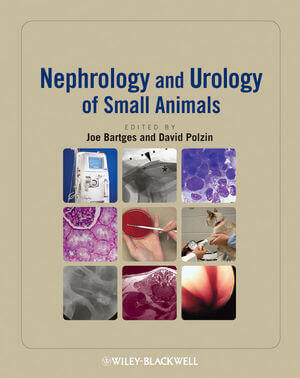 By Joe Bartges and David Polzin
By Joe Bartges and David Polzin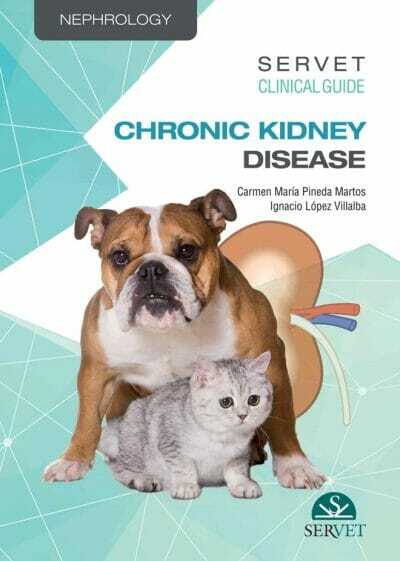

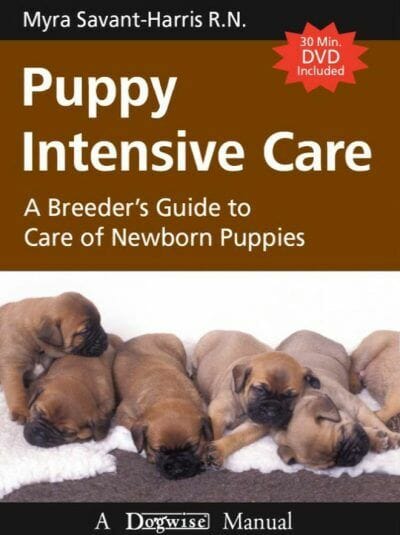
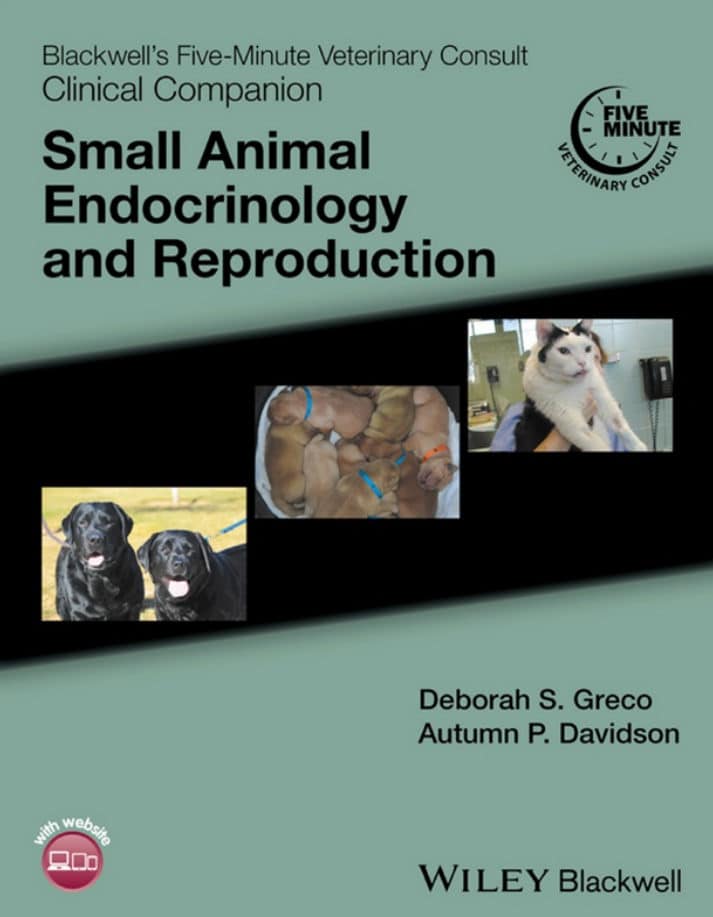
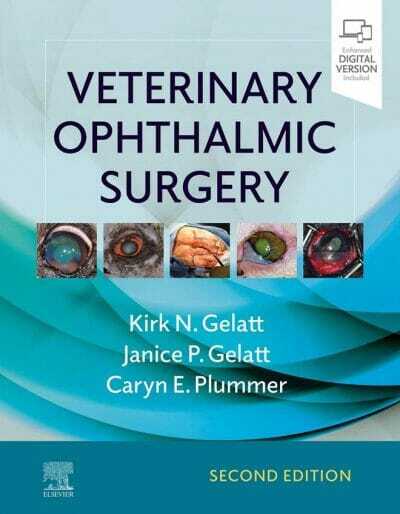
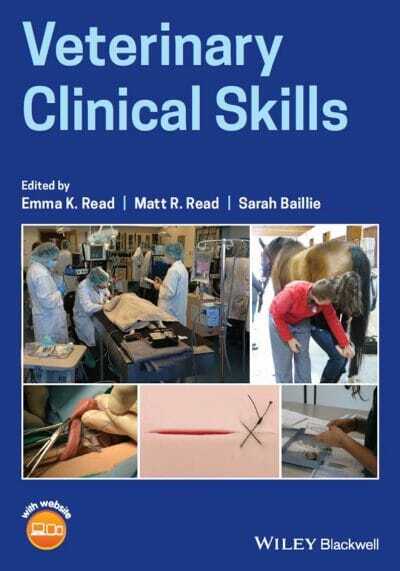
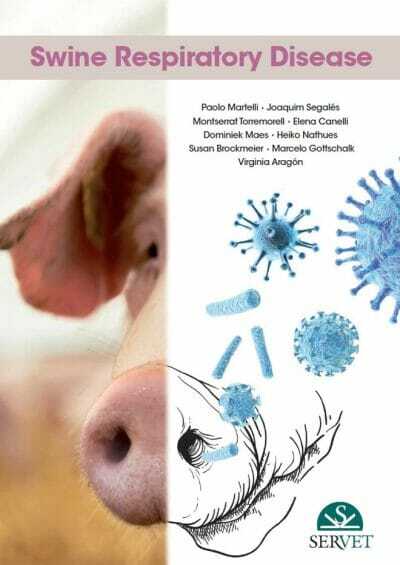
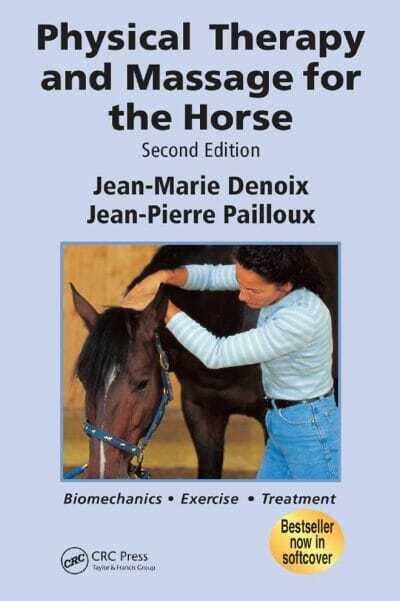
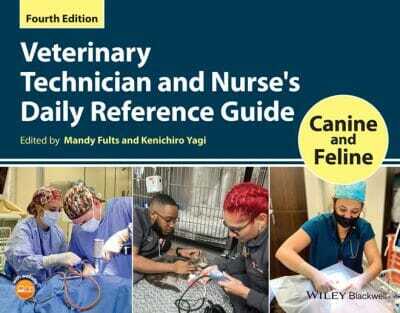
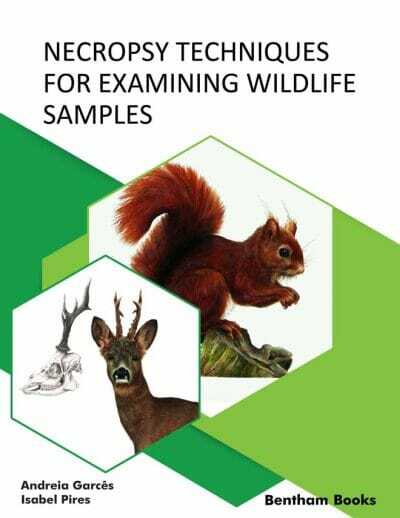
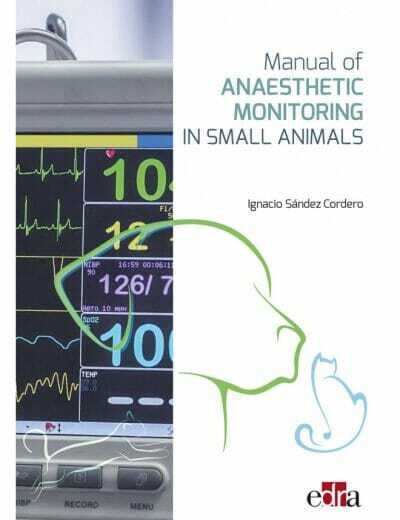
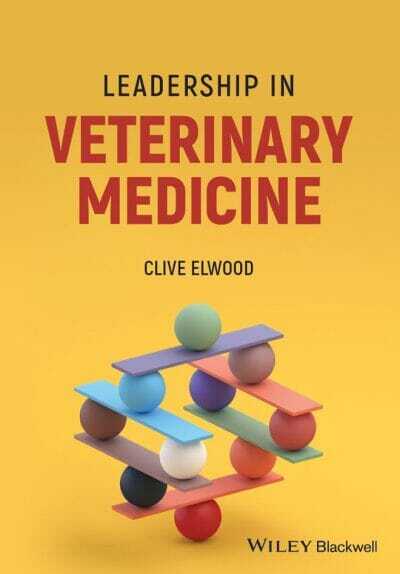




![Ettinger’s Textbook of Veterinary Internal Medicine 9th Edition [PDF+Videos] Ettinger’s Textbook of Veterinary Internal Medicine 9th Edition [True PDF+Videos]](https://www.vet-ebooks.com/wp-content/uploads/2024/10/ettingers-textbook-of-veterinary-internal-medicine-9th-edition-100x70.jpg)
![Textbook of Veterinary Diagnostic Radiology 8th Edition [PDF+Videos+Quizzes] Thrall’s Textbook of Veterinary Diagnostic Radiology, 8th edition PDF](https://www.vet-ebooks.com/wp-content/uploads/2019/09/textbook-of-veterinary-diagnostic-radiology-8th-edition-100x70.jpg)






